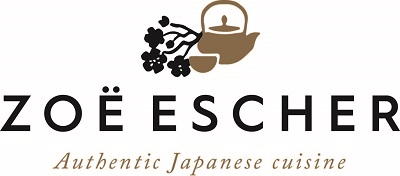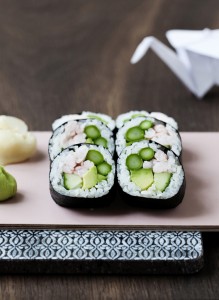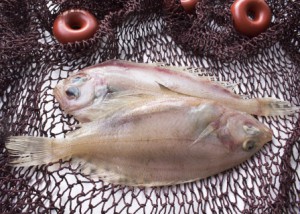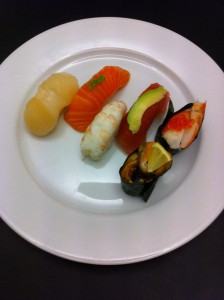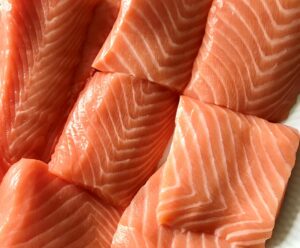There are many different types of rice, and pudding rice is just one of them.
A question I am frequently asked is whether pudding rice can be used for sushi. My immediate answer is no even though pudding rice also falls into the category of short-grain rice.
That said, I should mention that I have not personally tried making sushi with pudding rice. However, I have made rice pudding many times, and the texture of cooked pudding rice is noticeably different from that of properly cooked sushi rice.
While it might not be something most people think about, the texture of the rice has a significant impact on the overall taste experience. If the sushi rice does not have the right consistency, it can affect the entire dish. Sushi rice plays a key role in the quality of sushi. It should be tender yet firm, never undercooked in the center, and certainly not overcooked. Achieving this requires a specific type of short-grain rice that is cultivated especially for sushi.
In our beginner sushi course, you will learn which types of rice are best suited for sushi and how to cook them properly to achieve sushi rice of the highest quality.
Read more about Sushi course for beginners
_
Zoë has lectured and held sushi courses for A. P. Moller – Maersk, Hugo Boss Nordic, Novo Nordisk, Novartis, Velux, Gorrissen Federspiel, Beierholm revision, Elbek & Vejrup and many more.
